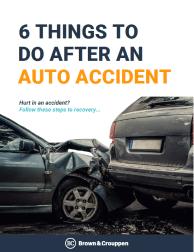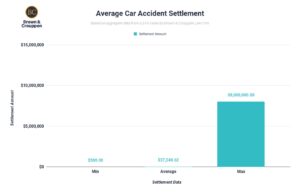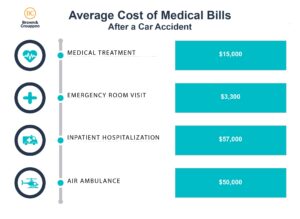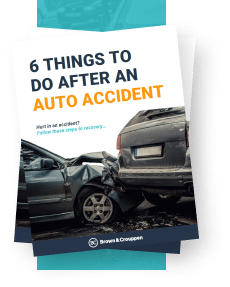

Use our legal checklist to learn what to do after an accident and understand key legal considerations for recovering financial compensation.
If the claim turns into a lawsuit, i.e., a complaint is filed in the local courts, then formal rules of evidence apply. In Missouri, unless the reporting officer dies, the police report is not admissible because the reporting officer may be called to the stand to testify (they may refresh their memory with the report however). Additionally, because the parties may be deposed (recorded statements taken under oath) or can testify on the stand, then those recorded statements would not be admissible to establish fault either.
Some crashes make determining fault an “open and shut” case. If you are stopped at a red light and rear-ended, there’s little to no way that the other party can claim you were at fault. Likewise, if you are riding as a passenger in a vehicle, the fault can very rarely be shifted to you. As a result, passengers who have been injured in an accident may be eligible to recover compensation for economic and non-economic damages.
However, if you are driving within the speed limit and a vehicle cuts in front of you then slams on their brakes abruptly, then you may be able to establish fault on the other driver, either partially or entirely.
STATE LIABILITY LAWS
The concept of fault in a motor vehicle collision is essentially the same across the United States. Whose actions (or inactions) caused the wreck? However, state laws vary on how you calculate damages based on fault, with the main difference being states that have adopted contributory negligence versus comparative fault rules.
States that follow “pure” comparative negligence laws abide by the rule that the plaintiff’s percentage of fault reduces their compensation reward, regardless of what their percentage of fault is. Under pure comparative negligence models, the injured party may receive compensation for their injuries even if they were more than 50% at fault for the wreck, though their recovery will be reduced by their shared percentage of fault. Missouri is a comparative fault state.
Modified comparative negligence laws place a cap on how much fault the plaintiff can hold. Many states generally cap this limit at equal or more than 50 percent. If the plaintiff proves to be more than 50 percent at fault, they may not collect damages. Kansas and Illinois are a modified comparative fault state.
Therefore, if the plaintiff remains below 50 percent at fault, they may collect compensation, but their reward would still be reduced by their percentage of fault. For example:
- The plaintiff is 0% at fault: They may collect 100% of damages.
- The plaintiff is 49% at fault: They may collect 51% of damages.
- The plaintiff is 51% at fault: They will not collect any damages.
Contributory negligence law mandates that plaintiffs who contribute any fault to the accident cannot collect damages from the party they are suing. Because of this, contributory negligence acts like an all-or-nothing rule in some states that plaintiffs must be aware of when bringing a personal injury claim or lawsuit forward. Alabama, Maryland, North Carolina and Virginia are the only pure contributory negligence states. If you or a loved one has suffered injuries from a motor vehicle crash, you may be eligible to receive financial compensation for lost wages, medical expenses, pain and suffering, and other damages.
Getting started is easy. Get help from our legal team by calling us at 888-795-0694 for a free consultation, or get in touch with a car crash attorney by requesting a free case evaluation online. And remember, there’s no upfront cost to you — if you don’t get paid, we don’t get paid.











